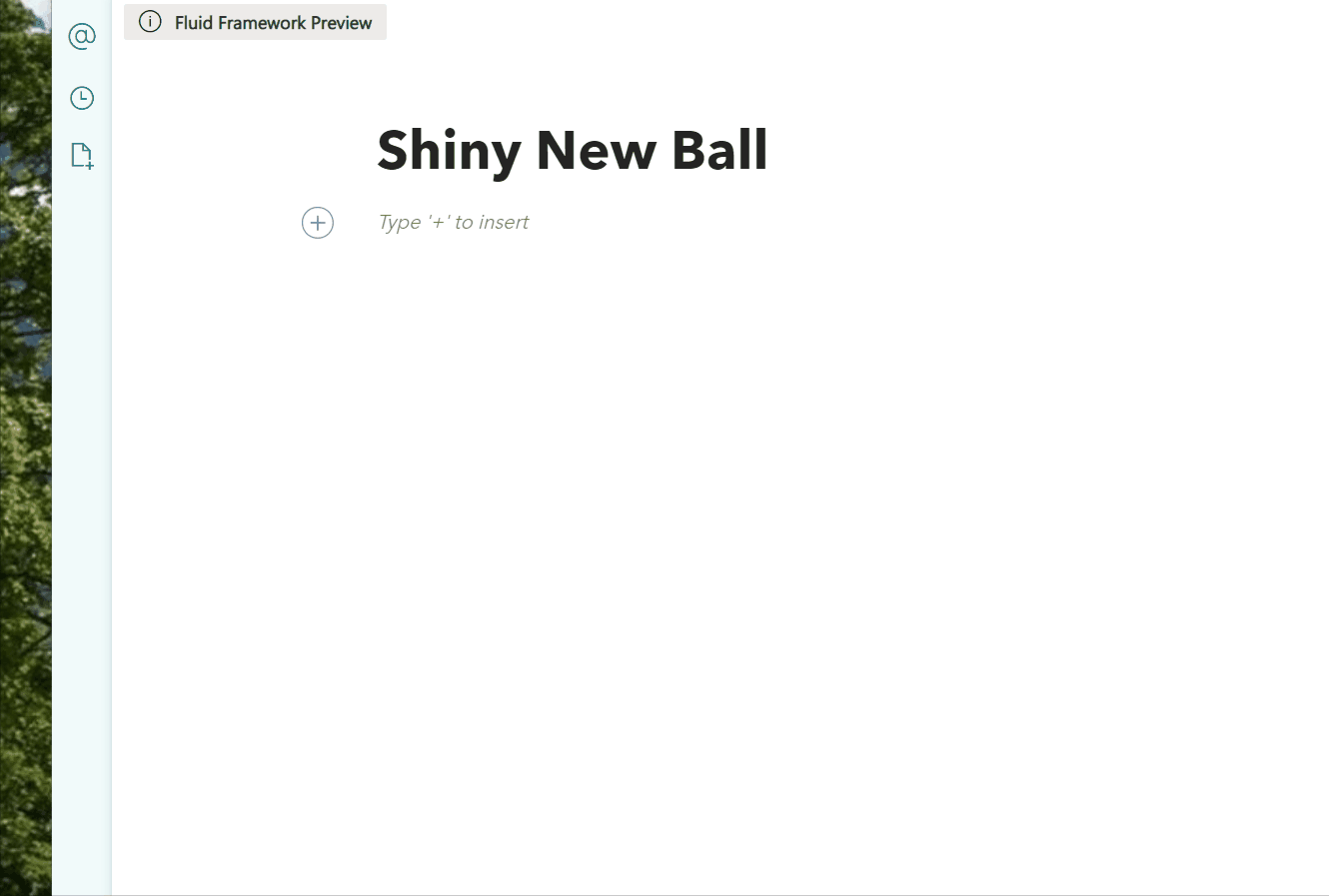At Ignite 2019, Microsoft announced a public preview of the company’s upcoming Fluid Framework. Since that announcement, the noise around the framework has been nearly silent aside from an early, but very limited look, at the functionality a few months back.
This week at Build 2020, the company is once again talking about Fluid Framework and the next steps for the technology. The big announcement is that the Framework is going open-source and also that the first end-user experiences will be coming online soon.
The first features include basic text, tables, lists, agendas, and action items. These features are part of Fluid Workspaces which can be a bit confusing but let me try to explain.
Microsoft is removing the ‘app’ requirement to use features and tools that have historically been locked inside of Office applications. The Fluid components, like text and tables, can live inside of Fluid Workspaces and the first fluid Workspaces that will be available will be inside Outlook for the web and Office.com
What this allows you to do is to bring ‘live’ information to workspaces by updating a single instance. For example, you could insert a chart in Outlook for the Web and the same chart on Office.com and when you update it in one location, it is updated instantaneously in the other location.
Fluid Framework is certainly taking its time to arrive but this is a big push for Microsoft to bring it’s productivity and collaboration chops outside of the traditional Excel/Word/PowerPoint applications. With these web-native components, Microsoft is pitching that this is an easy way to make your app/service collaborative with low-latency synchronization and relay service to connect endpoints.
If you want to see a service that is doing something similar today, you can take a look at Notion as that’s the best comparable to what Microsoft is building. But the big advantage here is the eventual integration into the entire Office Graph API that will open up the door to all sorts of new data delivery and content models.
And to help make these models a reality, the company is open-sourcing the Fluid Framework. Because how could it be a collaboration framework if you can’t collaborate on its development – this hurt to write but you get the point.




